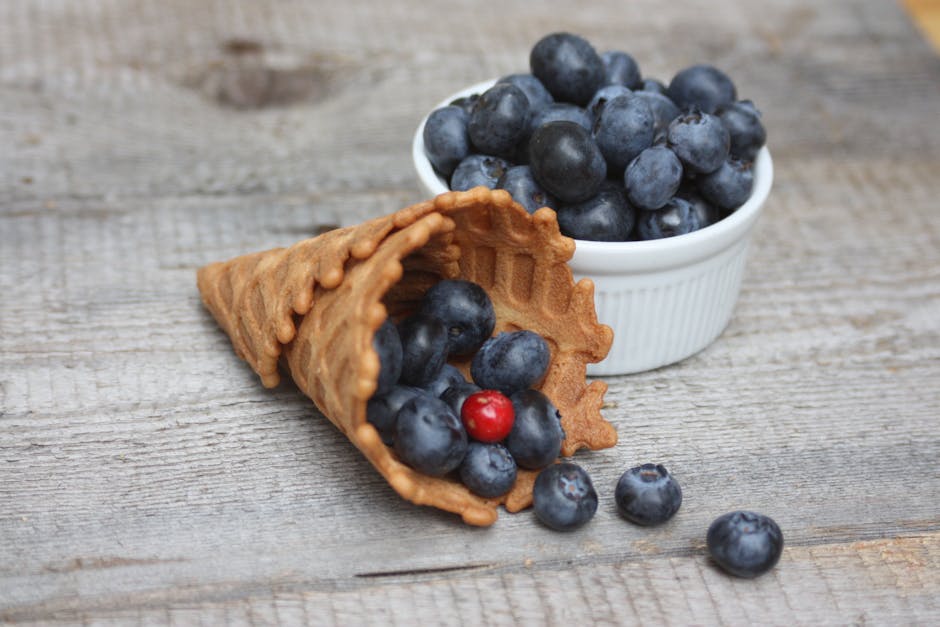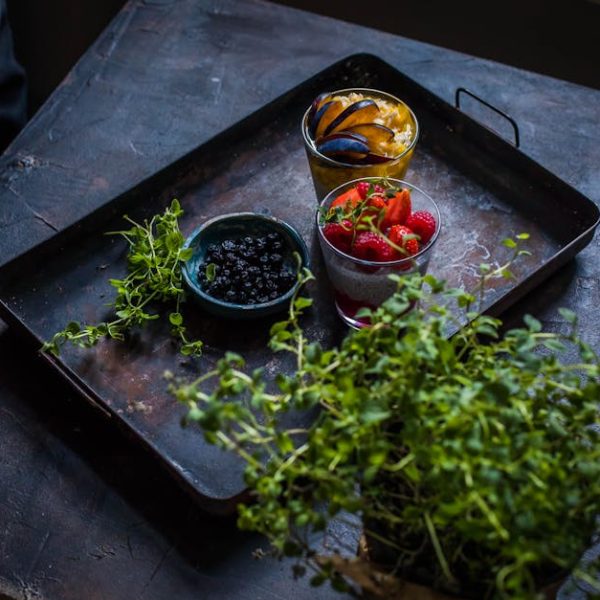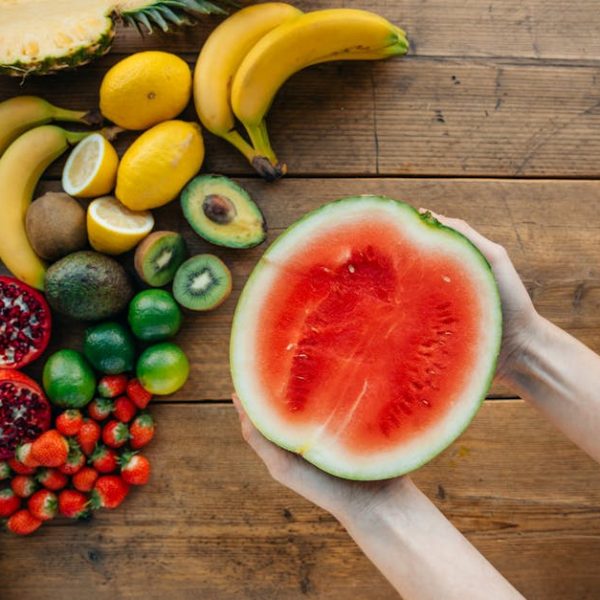Blueberries and Huckleberries, despite often being mistaken for each other, indeed possess stark differences. Typical Blueberries are usually larger and have a light blue to deep purple skin color depending on the variety. Their taste is sweeter with a slightly tart backnote, and they’re generally softer when raw. Huckleberries, on the other hand, are smaller, with a deep blue, nearly black skin color. They boast a more tart, intense flavor, along with a slightly firmer texture when raw.
Below are key aspects to help you distinguish between the two:
- Size: Blueberries are generally larger.
- Color: Blueberries are light blue to deep purple, while Huckleberries are deep blue to black.
- Taste: Blueberries are sweet with a touch of tartness, whereas Huckleberries are more tart and intense.
- Texture: Blueberries are softer, and Huckleberries tend to be more firm.
Pro Tip: Note the seed count. Blueberries usually contain many small, soft seeds, while a Huckleberry has larger, harder seeds that are more noticeable when eaten.
Exploring the nutritional values of Blueberry and Huckleberry
Both Blueberries and Huckleberries pack a nutritional punch. Blueberries are renowned for their high antioxidant capacity, thanks to the presence of anthocyanins that lend them their distinctive hue. They’re also a good source of dietary fiber and vitamin C.
Huckleberries, on the other hand, outshine Blueberries in certain nutrients such as iron, vitamin B6, and vitamin A. However, both berries have similar levels of fiber and sugar, making them an excellent choice for a healthy snack or smoothie addition.
Below is a comparison chart of their nutritional values per 100g serving:
“`
| Nutrients | Blueberry | Huckleberry |
|---|
| ——————– | ———– | ————- |
|---|
| Fiber | 2.4g | 2.8g |
|---|
| Sugar | 9.96g | 9.69g |
|---|
| Vitamin C | 9.7mg | 1mg |
|---|
| Vitamin A | 54IU | 158IU |
|---|
| Vitamin B6 | 0.052mg | 0.085mg |
|---|
| Iron | 0.28mg | 1.0mg |
|---|
| Anthocyanins | 163mg | 101mg |
|---|
“`
Best Practice: Consume a mix of both berries to cover a wider range of nutrients and enhance antioxidant consumption.
Comparing cultivation and harvesting practices of Blueberries and Huckleberries
Cultivating Blueberries and Huckleberries presents distinct challenges, and the prolificness depends on a variety of factors like soil pH, temperature, water availability, and sunlight.
Blueberries prefer a well-drained, acidic soil and are usually harvested in late spring to early summer. Contrastingly, Huckleberries grow best in well-drained, acidic to neutral soil. They are usually harvested in late summer to early fall.
Key aspects to keep in mind for each berry’s cultivation:
- Soil pH: Both berries require substantially acidic soil.
- Harvest season: Blueberries in late spring-early summer, Huckleberries in late summer-early fall.
- Cultivation ease: Blueberries are easier and more commonly cultivated.
Pro Tip: Growing both the berries in your garden will provide a continuous berry harvest from spring right up until fall.
Focusing on the usage and versatility of Blueberries and Huckleberries in Culinary applications
Though sharing a similar tangy note, Blueberries and Huckleberries lend themselves to a broad array of culinary delights, each leaving their unique touch. Blueberries, given their abundance and popularity, have found their way into a lot of our favorite dishes–from pies, tarts, jams, to shakes, and even savory salads. Huckleberries, while not as common, are equally versatile when it comes to culinary applications. They are often enjoyed fresh or used in cooking and baking, making for a delectable addition to pancakes, muffins, preserves, and syrups.
A comparative look at how each berry is celebrated in the culinary world:
- Desserts: Blueberries take the cake in blueberry pies, truffles, or sorbet, while Huckleberries shine when made into tarts, preserves, or ice creams.
- Beverages: Blueberries feature prominently in juices, smoothies, and cocktails, while Huckleberries shine in malts, syrups, and hot beverages.
- Unique applications: Blueberry salsa, salads and BBQ glaze bring a twist to the table. Huckleberries can be used in similar ways or even pickled for a tart treat.
‘Versus’ section: Try substituting Huckleberries in a standard Blueberry muffin recipe. You will find the muffins having an enhanced tart, fruity punch.
Understanding the cultural and historical significance of Blueberry and Huckleberry
Going beyond their nutritional values and culinary fares, Blueberries and Huckleberries hold their own in the realm of culture and history. Native cultures around the world have embraced these berries for their medicinal purposes, utilized in folk remedies, and even mythology.
Here are some interesting historical tidbits about the two:
- The Native American tribes revered Blueberries and used them for medicinal and spiritual purposes. They also created a unique dish known as ‘Sautauthig’ which was a simple pudding made of Blueberries, cracked, corn, and water.
- The Huckleberry is Idaho’s state fruit, illustrating its cultural significance in the American west.
- Huckleberries hold historical significance in the Pacific Northwest with annual festivals such as the Huckleberry Festival in Montana, and it was a critical part of the early Native American and pioneer diet.
Did you know? The term I’m your Huckleberry made famous in the movie Tombstone can be traced back to the 19th century American slang, where it meant – I’m the right person for the job.
In conclusion, understanding the basic differences between Blueberry and Huckleberry can enrich your fruit-eating experience and allow you to fully appreciate the unique characteristics of each of these small yet mighty berries. Let’s keep exploring and enjoying the world of berries, one fruit at a time!
Key Takeaway:
- Blueberries and Huckleberries, although commonly confused, have distinct differences in their size, color, taste, and texture.
- Both berries are packed with nutrients, provide significant health benefits, and can be incorporated into a variety of dishes to enhance their nutritional values.
- Although Blueberries are easier to grow, Huckleberries also make for a valuable addition to your home garden due to their unique taste and nutritional profile.
- Both Blueberries and Huckleberries have historical and cultural significance in various regions worldwide.
End your day with a delicious serving of these berries, experience a burst of flavors and benefits. Enjoy the variations in their taste along with their nutritional content. Don’t limit your culinary experiments to just one, but make room on your plate for both these berries.
FAQs
Q: What potential health benefits can I get from consuming Blueberries and Huckleberries?
A: Both berries are packed with antioxidants which help in fighting free radicals in the body. They are also filled with essential nutrients, vitamins, and minerals that can improve your overall health.
Q: How can I store Blueberries and Huckleberries to preserve their freshness for a longer period?
A: Both berries can be stored in a well-ventilated container in the fridge for up to a week. For longer storage, you can freeze them in a single layer on a baking sheet and then transfer to a freezer bag.
Q: Can I substitute Huckleberries for Blueberries in recipes, or vice versa?
A: Yes, Huckleberries and Blueberries can often be used interchangeably in recipes, but keep in mind that Huckleberries have a more tart flavor, which may alter the taste of your dish.
Q: Are there any adverse effects of consuming too many Blueberries or Huckleberries?
A: While generally healthy, consuming overly large quantities of either berry may lead to digestive discomfort due to their high fiber content.
Q: What kind of dishes can I make using Blueberries and Huckleberries?
A: From jams, jellies, pies, and pastries to savory salsas and salads, the culinary use of these berries is diverse and creative.
Remember to share this article with your friends and loved ones. Learn, explore, and savor the world of berries together!






